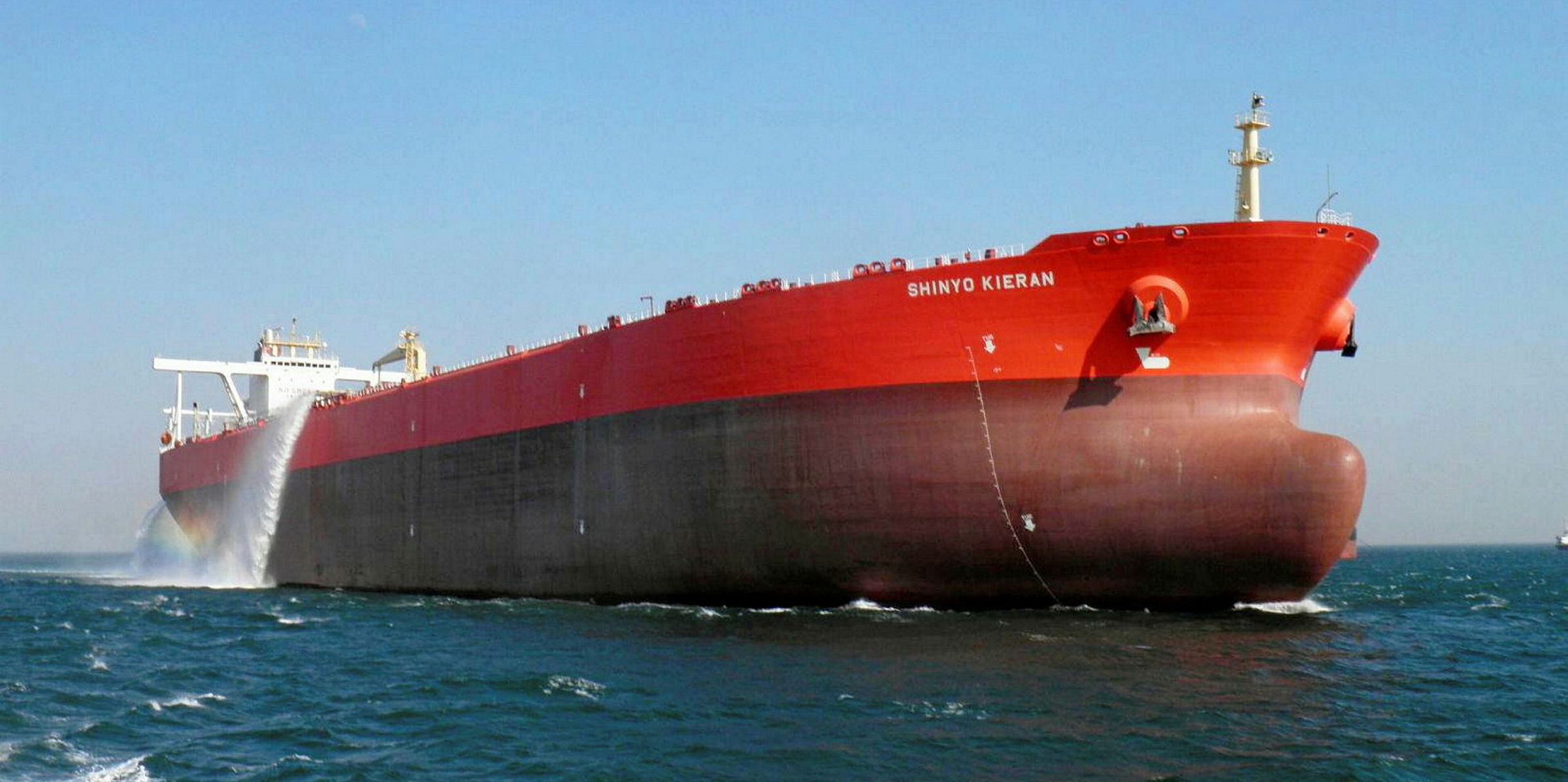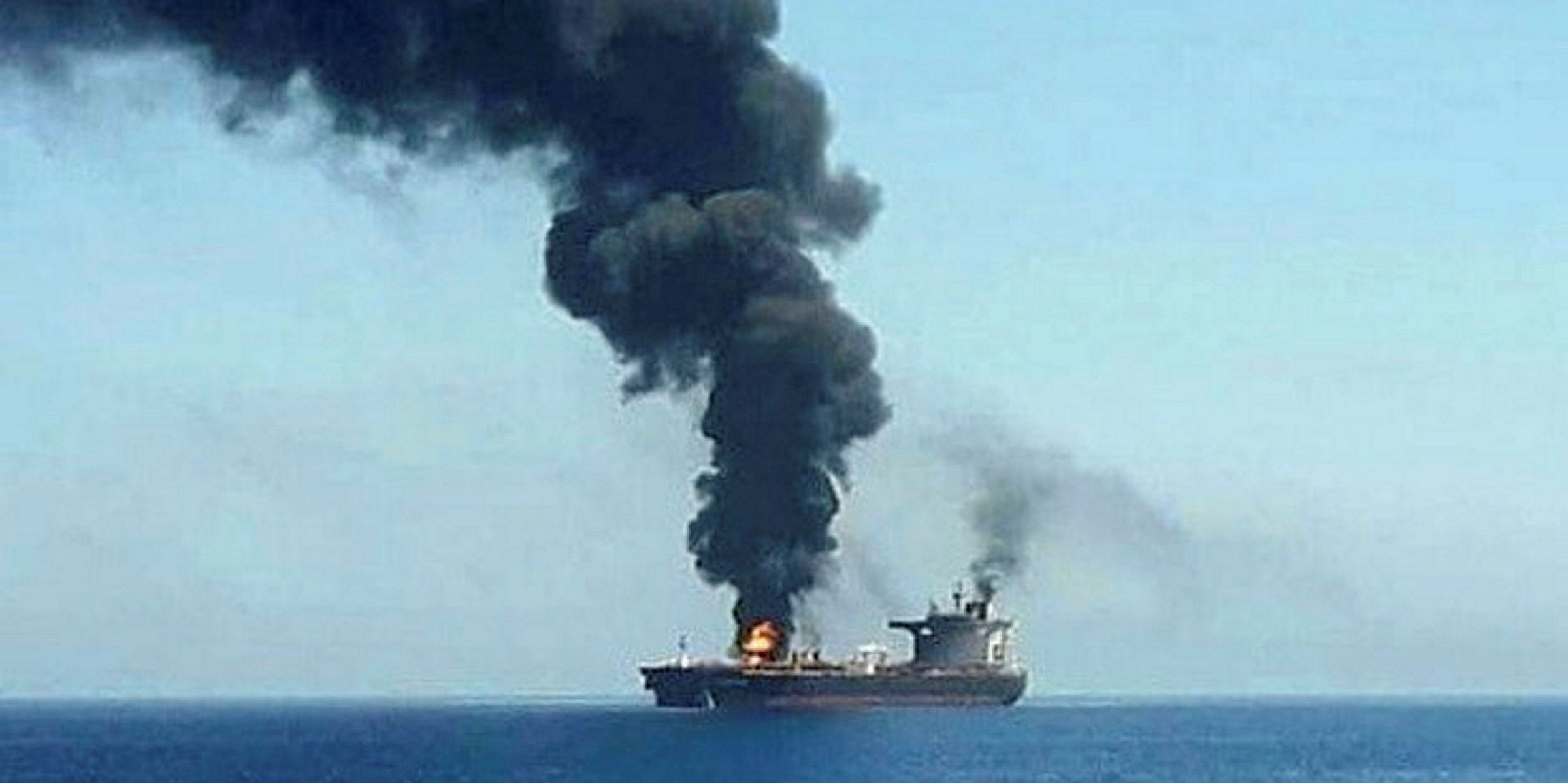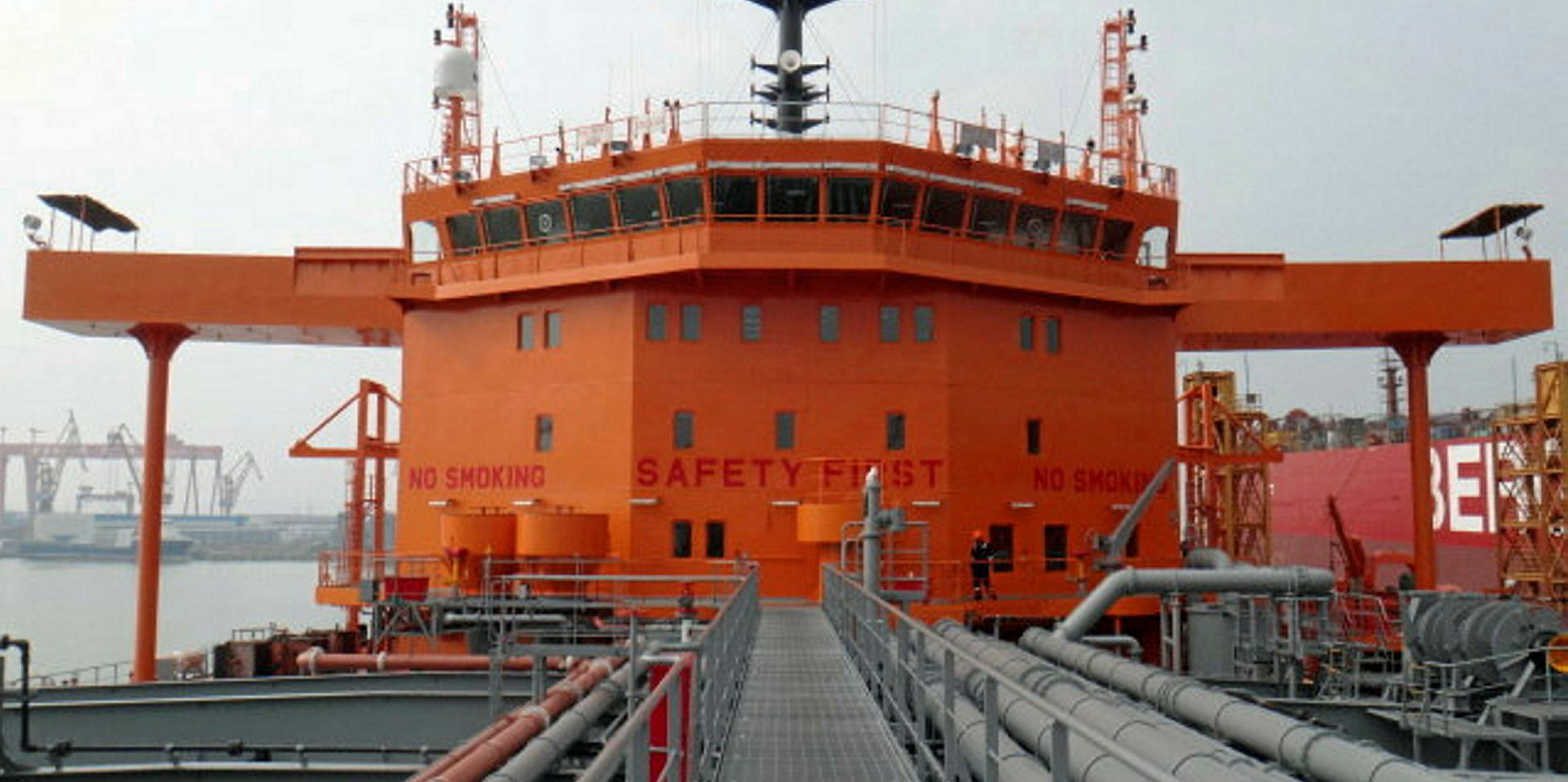Crude tanker fleet growth is running at its highest level for six years, but shipbroker SSY is predicting a fall-off of deliveries over the next two years.
The London shop said in its monthly report that the dirty fleet grew by another 1.1% in dwt terms in the third quarter - or 18 ships of 4.61m dwt.
A total of 21 vessels were delivered and just three removed.
"Expansion was driven by the VLCC sector which saw another 15 units delivered," it said.
Net growth in the VLCC fleet this year - 13 ships of 4m dwt - has continued to fall from the peak of 19 in the first three months, but it is the highest figure for a third quarter in the last two decades, just in time for a market boom where rates topped $300,000 per day.
Biggest total for six years
So far this year, the total crude fleet has expanded by 5.1% or 19.78m dwt, already the biggest total for six years.
The capacity of VLCCs trading has risen by 6.9%, the highest since 2011.
The figures for suezmaxes and aframaxes are 3.3% and 2.2% respectively.
"Growth in 2019 has been supported by a high pace of deliveries as owners sought to position their new vessels in time to take advantage of the higher earnings anticipated, that are now exceeding expectations, in the second half of 2019 and the first half of 2020," SSY said.
This all means that 77% of the scheduled 2019 crude orderbook has already been delivered, so a sharp fall in vessels leaving yards in the final three months is expected.
This is "despite owners likely pushing for their remaining ships to be delivered due to the current very high spot earnings," the broker said.
"As such, slippage is expected to be minimal this year."
Rates to stay strong
The slowdown will coincide with increased import demand as refineries run at high rates, rising Atlantic to Asia crude flows, vessels leaving the spot market for scrubber retrofits and increased bunkering delays due to the IMO 2020 switchover, SSY added.
This leads the broker to predict rates staying high into the first quarter.
For the full year, it is projecting net fleet growth for crude tankers of 5.6% this year, compared to just 0.7% in 2018.
"But this pace is set to slow over the next two years amid lower orderbooks," it added.
It said contracting has been curbed by prolonged weaker earnings in 2018 and uncertainty over future environmental regulations and new-generation ships.
Product fleet growing too
Clean tankers saw capacity grow by 1.3% in the third quarter, with a net 38 ships of 2.17m dwt added, following 45 deliveries.
MRs led the way, with 27 units joining the fleet, the highest for a quarter since 2016.
SSY forecast overall product tanker net fleet growth of 5.1% this year, compared to 3.2% in 2018, with the pace set to fall in 2020.
Bulker boost
In the bulker sector, the quarter saw net growth of 1.1%, with a net 106 ships of 9.15m being added.
This is the highest quarterly pace since the start of 2017.
A total of 119 new ships were delivered.
Panamax growth has been greatest, with a net expansion of 4.2%.
A total of 51 more capesizes were also handed over by yards.
SSY's projected figure for 2019 bulker fleet growth is 3.3%.








